Pulpi is a mining town in Almeria province, Andalucia, on the Costa de Almeria. It became famous after the discovery of the Pulpi geode, the largest geode in Europe.
By Nick Nutter | Updated 26 Apr 2022 | Almería | Villages |
Login to add to YOUR Favourites or Read Later
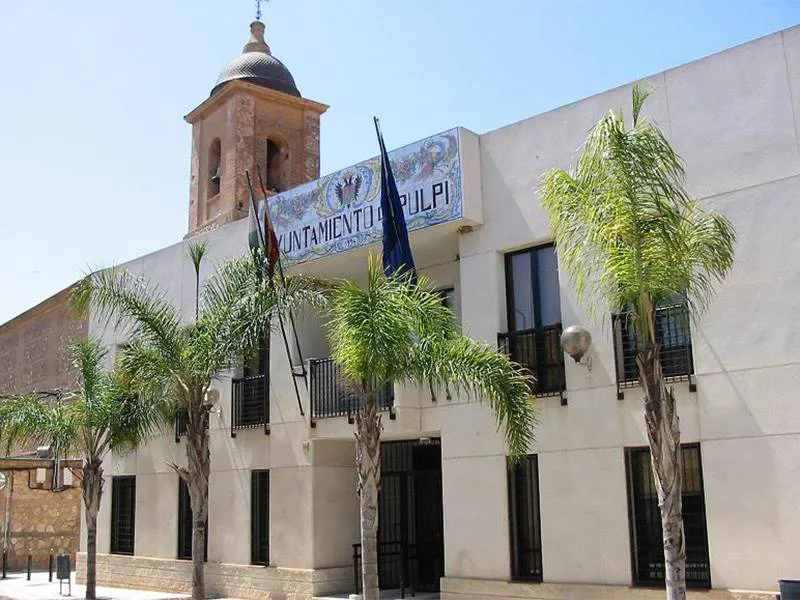
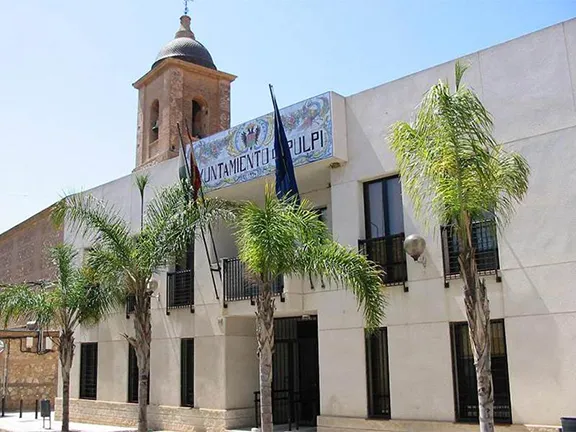
Ayuntamiento Pulpi
In the far northeast of Andalucia, within 1 kilometre of the border with Murcia, is a small town with hidden attractions that would have remained virtually unknown if not for a remarkable discovery in 1999. The largest geode in Europe was discovered in an iron and lead mine near the town of Pulpi. Pulpi is a municipality, on the border with Murcia. The town of Pulpi is about 10 kilometres inland and the municipality extends down to the coast to include the Spanish seaside resort of San Juan de los Terreros
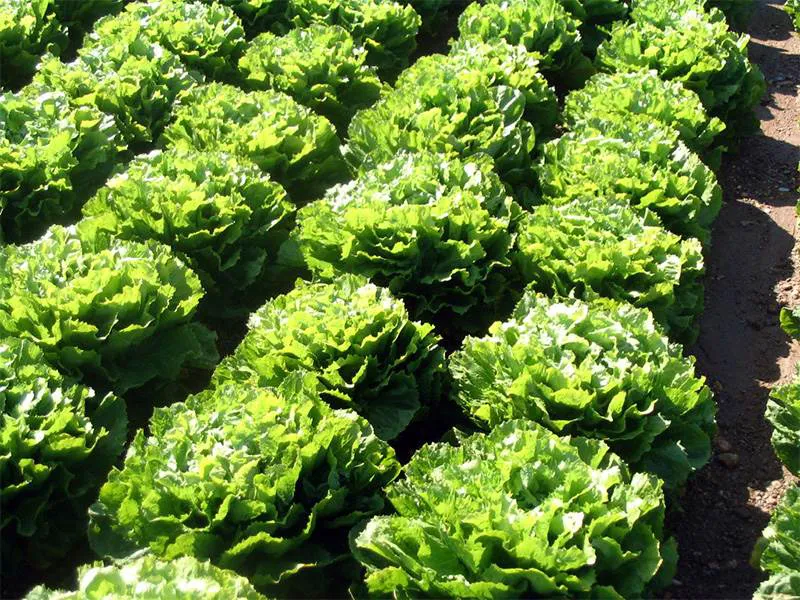
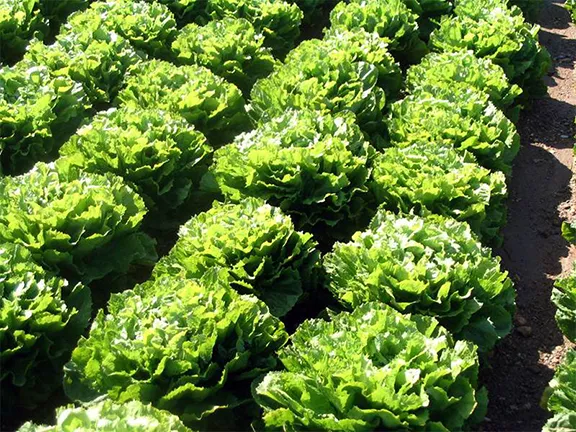
Lettuces in January Pulpi
Have you ever wondered where all those Iceberg and Lollo rosso lettuces come from? Well, millions of them come from Pulpi. Agriculture has always been the mainstay of the population and lack of water has always been its biggest problem. In the 1960s subterranean water was used to irrigate the fields and Pulpi started to produce tomatoes, melons and lettuce. However, the subterranean water was over exploited and Pulpi had to turn to its neighbour, Murcia, for supplies of water. Meanwhile, many of the growers moved further down the coast. Back in Pulpi, the remaining growers decided to try the famous Iceberg lettuce, for the hearts, and Lollo rosso, utilising their restricted water supply and a new form of drip irrigation. Today, between September and May, from the air, the fields resemble a verdant, green, golf course. The growers at Pulip have earned a denominacion de origin for their lettuce hearts.
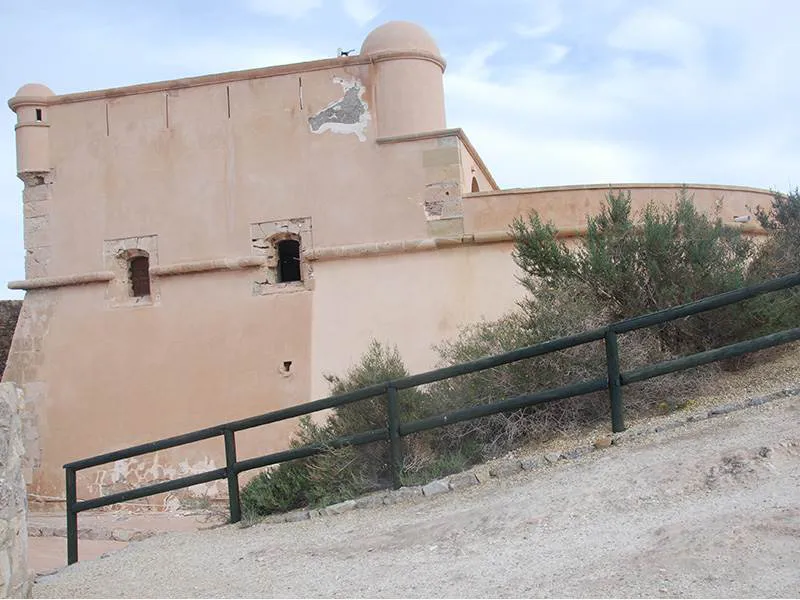
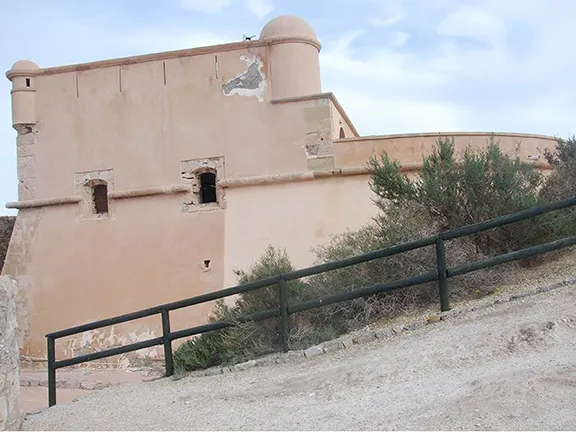
El Castillo de los Terreros
Not much is known of the prehistory of Pulpi and a fire in the Ayuntamiento archives in 1906 destroyed many of the more modern records.
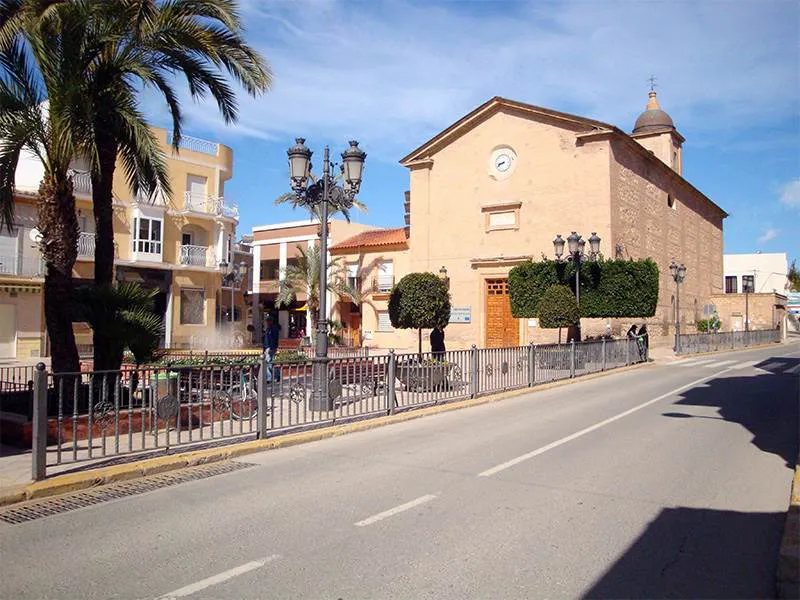
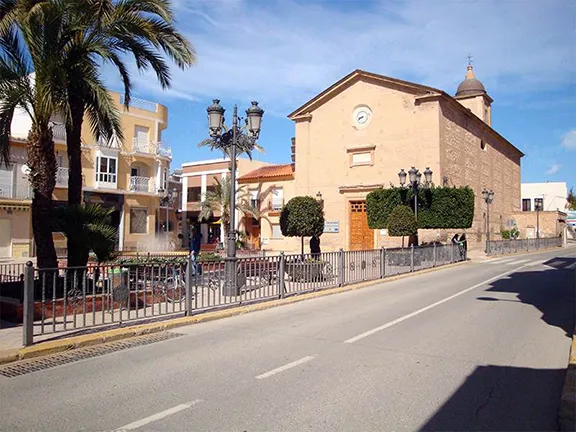
Iglesia de San Miguel Arcángel
In the late 19th century, that intrepid mining engineer and finder of Neolithic and Copper Age sites, Luis Siret, found a flint blade and a diorite axe on the beach at Playa Los Cocedores.
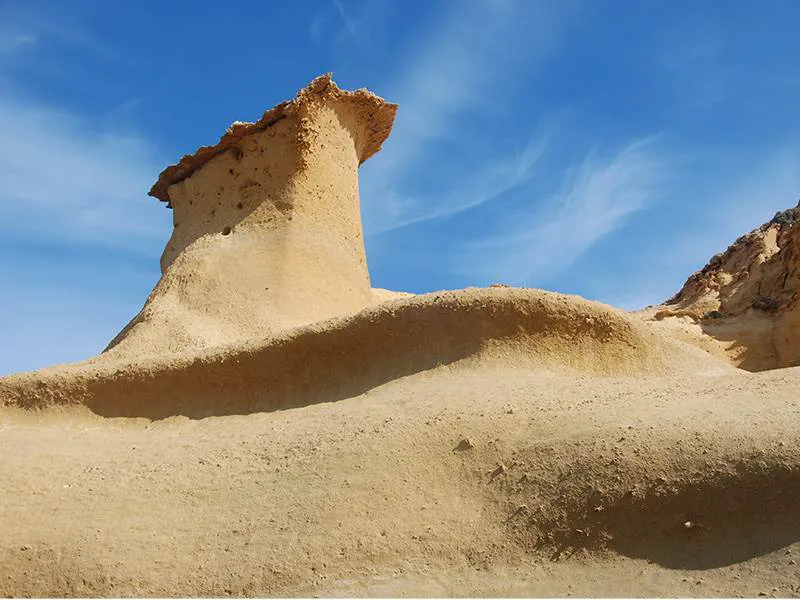
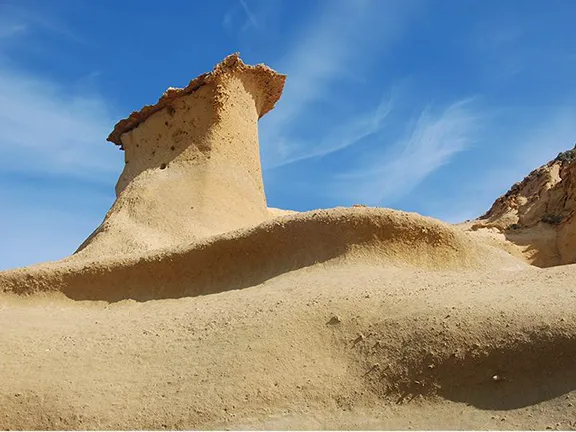
Playa los Cocedores
Playa Los Cocedores is, by the way, the local name for a beach officially called Calla Cerrada. It is the last beach in Almeria, right on the border with Murcia province.
Of the copper and bronze ages, very little has been found, one cyst burial found by a farmer.
The Roman period is marked by the remains of a villa, at Almazal de Benzal, five kilometres northwest of Pulpi. There are also some signs that the mines in the vicinity of Pilar de Jaravia at the foot of the Sierra del Aguilon were worked during the Roman period. During the Moorish occupation, in the 13th and 14th centuries, marble was extracted from a quarry in the Sierras. Much of it found its way to Granada where it was used to decorate the Alhambra and Generalife. The Moors also left a Noria, a device for supplying water to smallholdings in the area, on Los Palmeras beach.
The area of Pulpi found itself in an unfortunate position for two hundred years, between the Christian reconquest of Lorca (now in Murcia) in 1240, to the east and that of Vera in 1488, to the west. Pulpi was a ‘no man’s land’ between the warring factions and consequently, sparsely populated.
After the reconquest of Vera, Pulpi was incorporated into the municipality of Vera. Pulpi remained thinly populated for two reasons, the distance to Vera (27 kilometres – too far to travel there and back in a day) and the constant threat from the Barbary pirates.
If the was not enough to contend with, the unfortunate occupants found that their land was prized by the city of Lorca and, after 1507, by the Marquis of Velez, who owned Vera. In 1551 the area of Pulpi was being cultivated by citizens of Lorca. The Marquis sent troops to burn the cereals and take possession of the land. The area became even more depopulated and the pastureland was sold off. It would be the 17th century before people started to return.
El Castillo de los Terreros was built on the coast in 1764 to ward off the Barbary pirates. Gradually a small fishing village developed in the shade of the castle. A small town called Pulpi started to grow a few kilometres inland.
Iglesia de San Miguel Arcángel, in the centre of Pulpi, was completed in 1801. It is built in a style called neoclassical, a far less elaborate, simpler, form of architecture than the classical style that preceded it.
During the 19th century, the discovery of silver rich mineral veins in the nearby Sierra Almagrera caused a rapid increase in the population and Pulpi became an independent municipality in 1862. Its economy depended on agriculture and the mining of lead, iron and silver.
In the late 19th century, even the British became involved. The Great Southern Spain Railway Company Ltd built the mineral line between Aguilas and Almendricos that passes through Pulpi.
The mining boom lasted less than one hundred years and, during the early part of the 20th century, Pulpi again saw a reduction in its population and more dependence on agriculture.